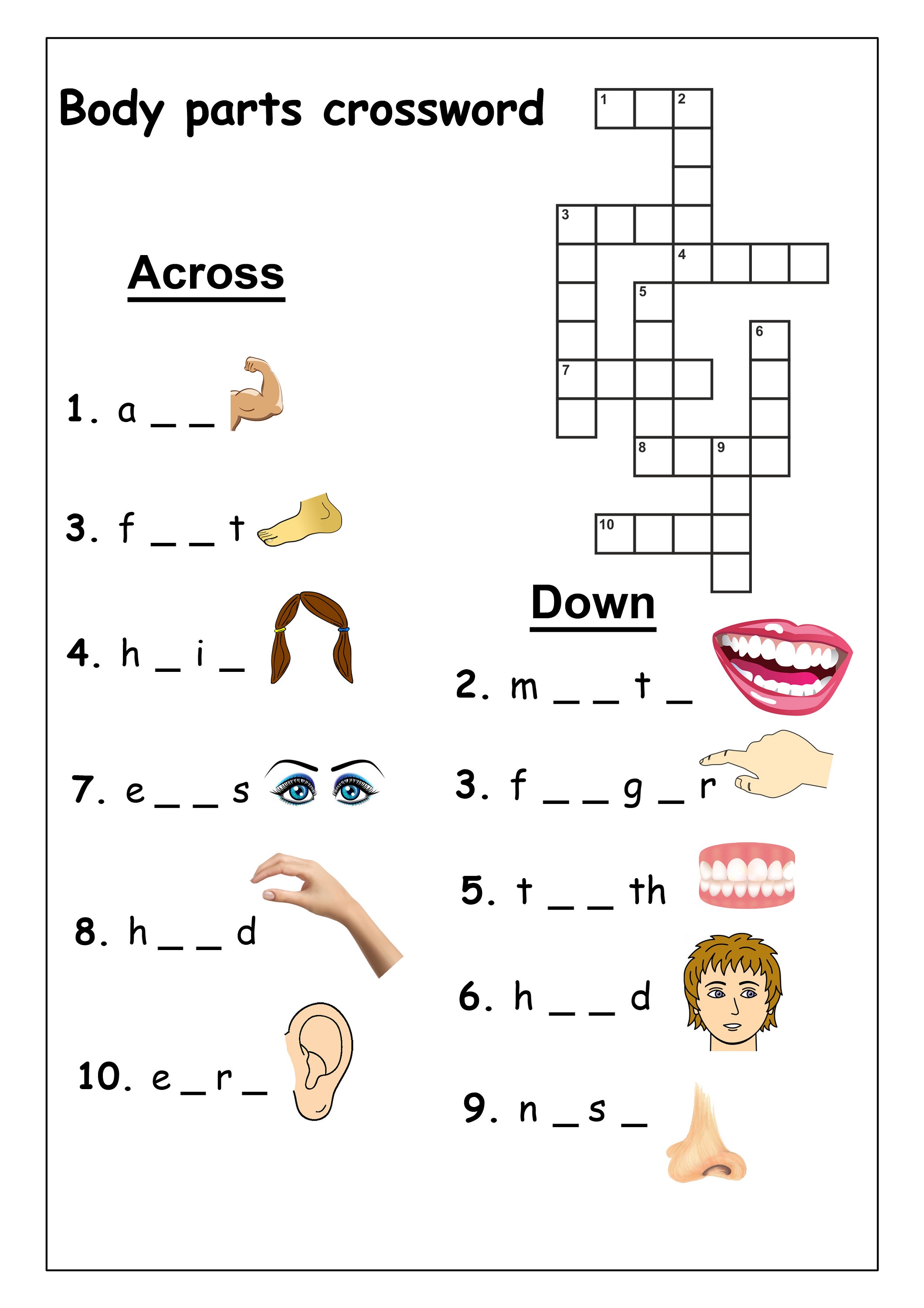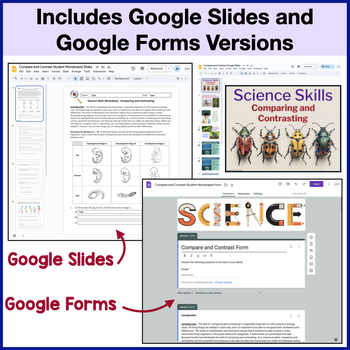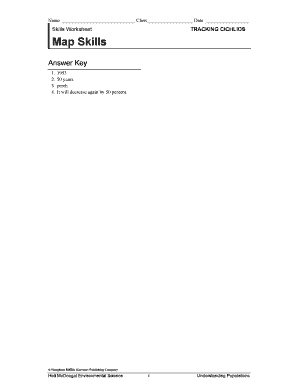
8 Basic Science Skills
Chapter 1Science Skills. SPS2 Students will explore the nature of matter, its classifications, and its system for naming types of matter. Hypothesis – a proposed answer to a question – so it is a statement (Eating fish makes a person smarter.) 1.2 Using a Scientific Approach. Chapter 1 Science Skills Last modified. Science Skills Unit Science - means “to know” in Latin, to find out - to gain knowledge in order to answer a question or solve a problem Technology – the application of science - using science to create something that improves the quality of human life Branches of Science 1. Physical – the study of matter and energy.

Semester 1 Labs & Worksheets > Unit 1 Science Skills Labs & Worksheets*Having trouble printing:Did you select the printer icon to print? If so, did you check to see which printer it was printing to? Do you have Adobe reader downloaded? Did you try opening from Chrome? Or by going to my.sduhsd.net and opening the school website and staff page for my website? If all else fails screen shot or copy & paste into another document to print out. - Hidden Pictures Rockin the Sea(Print Only if you missed the first day of class or lost this page.)
- Lab Safety Zombie College (Lab Safety Zombie College Video)
- Digital Citizenship( Follow Link & Print both forms)
Famous Scientist List
|
|

Using Science Skills Answer Key Pdf
KLScott75@gmail 989-486-8318 > The 6 Science Process SkillsThis is the most basic skill in science. Observations are made by using the 5 senses. Good observations are essential in learning the other science process skills. Examples: The learner will be blind folded and make observations using the sense of touch. The learner will create observations about a coin using the 5 senses. The learner will mix primary colors to create more colors. It is important to be able to share our experiences. This can be done with graphs, diagrams, maps, and spoken word. Examples: The learner will create a line graph showing the relationship between speed and the mass of a marble. The learner will discuss possible errors with other classmates. | After making observations it is important to notice similarities, differences, and group objects according to a purpose. It is important to create order to help comprehend the number of objects, events, and living things in the world. Examples: The learner will use a magnet to classify objects as magnetic or nonmagnetic. The learner will use a balance and sort objects according to mass. The learner will combine different liquids with water to determine which is more or less dense. An inference is an explanation based on an observation. It is a link between what is observed and what is already known. Examples: The learner will write a conclusion at the end of each investigation. The learner will create inferences about observations they made about a mystery object. I infer it is solid rather than hollow. | Measuring is important in collecting, comparing, and interpretting data. It helps us classify and communicate with others. The metric system should be used to help understand the scientific world. Examples: The learner will find the mass of different liquids that have the same volume. The learner will use techonology to find the speed of a toy truck. The learner will measure the distance a marble travels. What do you think will happen? It is an educated guess based on good observations and inferrences about an observed event or prior knowledge. Examples: The learner will predict what is a box based on observations using the sense of touch. The learner will write a hypothesis about the effect of increasing the salt on the boyancy of an egg. |
|


